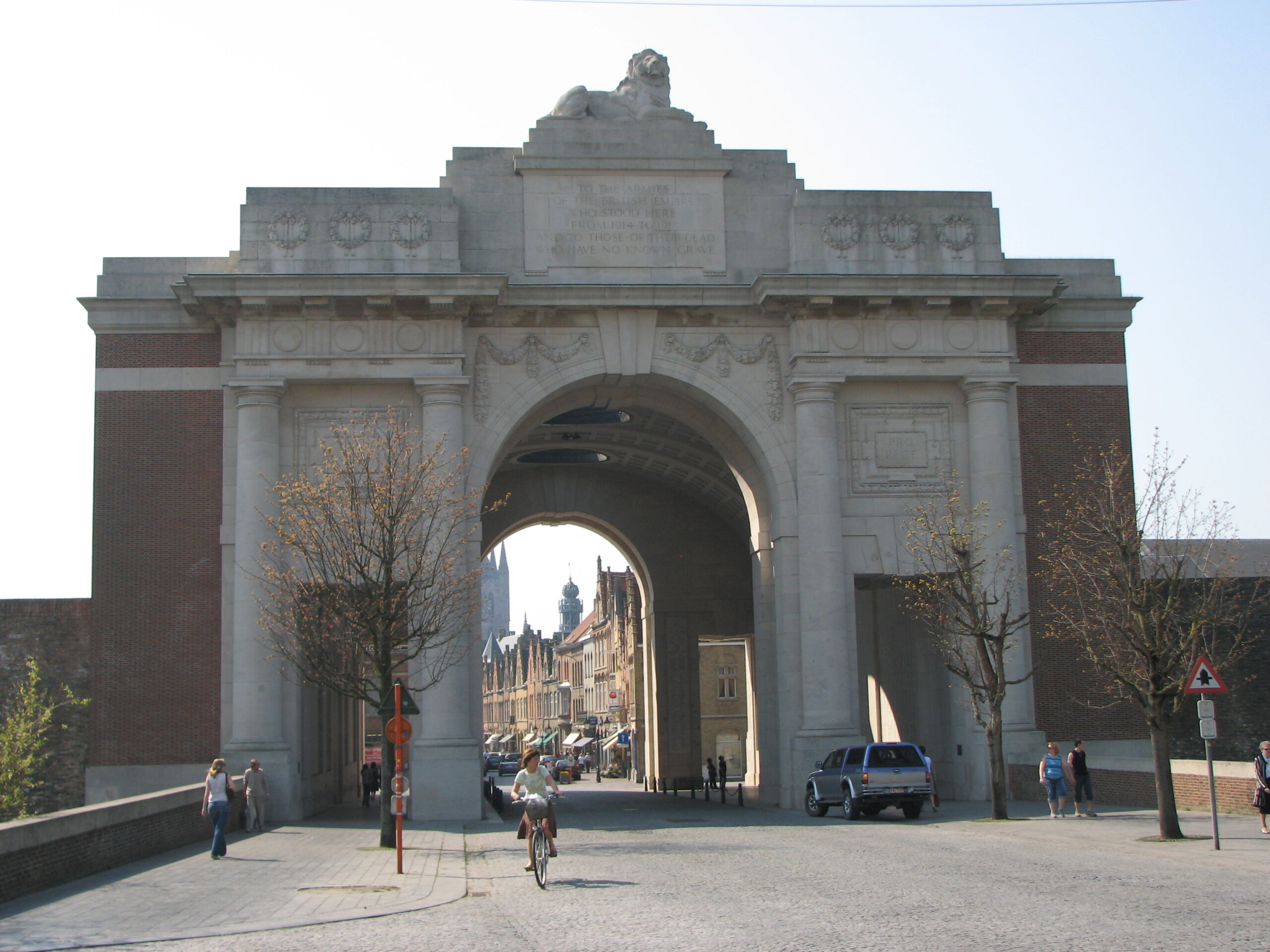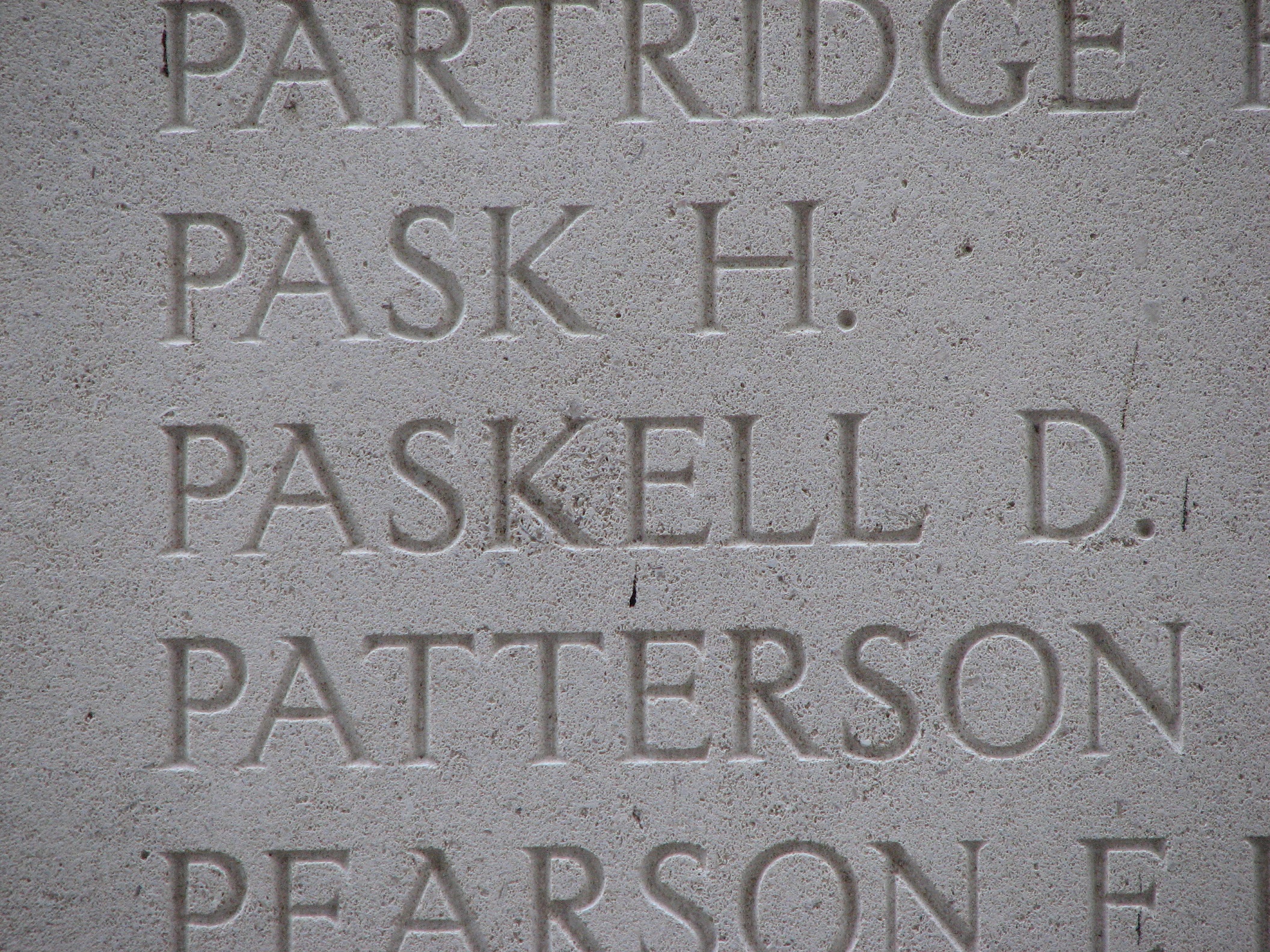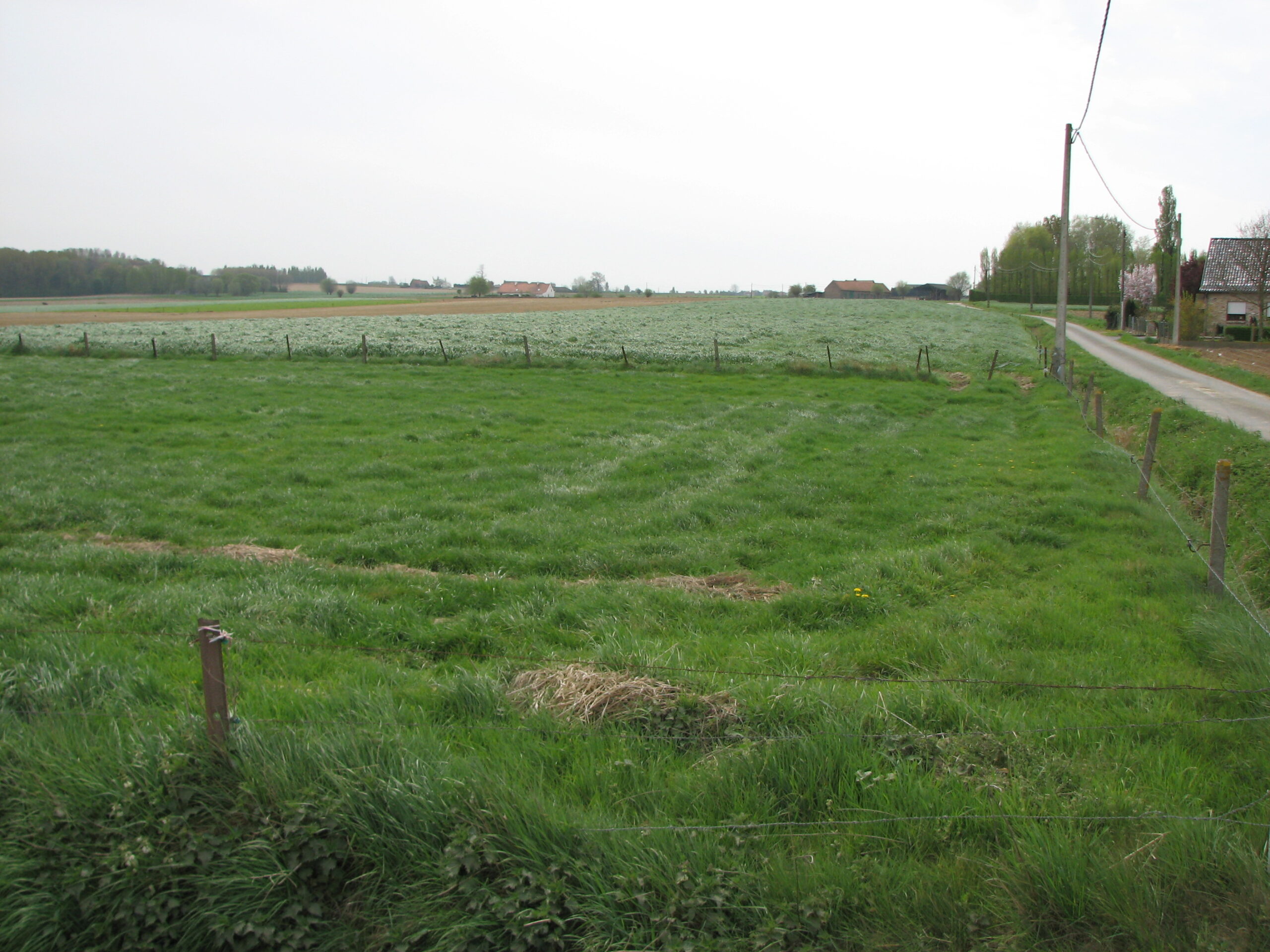David Paskell (1894 - 1915)
Joining the British Army shortly before the outbreak of war, David served with 2nd Battalion of the Suffolk Regiment in Belgium. He was killed in action in January 1915.
- 51
- Died in the Great War
- 51.974738, 1.047121
Details
| Name: | David Paskell |
| Service: | British Army |
| Unit: | 2nd Battalion, Suffolk Regiment |
| Regimental Number: | 8953 |
| Rank: | Private |
| Date of Death: | 16th January 1915 |
| Age: | 20 |
| Commemorated: | Panel 21, Menin Gate Memorial, Ieper (Ypres), Belgium |
Family Background and Early Life
David Paskell was born on 1st April 1894 in the village of Wix in Essex, the second child and eldest son of Herbert Harry Paskell and his wife Dorcas Ann (nee Scrutton).
Herbert’s occupation on David’s Birth Certificate is shown as Carpenter Journeyman, a trade quite possibly gained from his father who as well as being the village Postmaster in Wix, was also a Wheelwright.
Dorcas had been born in Great Oakley, but later moved to Wix. She married Herbert in 1891, and they would have 6 children together.
The Paskell family later moved to Mistley – possibly when Herbert became a Postman in 1896 – and lived on Norman Road.
Herbert was employed as a Carpenter when the family moved to East Bergholt in the spring of 1906. There, they lived on Long Road, which is now more commonly referred to “the Mile Straight”.
David and his two eldest brothers, who had all previously attended the Wesleyan School in Manningtree, started at the East Bergholt village school at Burnt Oak corner. He left school at the age of 14 in June 1908, and was employed at the Xylonite works at Cattawade.
The Suffolk Regiment
Shortly before the outbreak of the Great War, David joined the British Army in the spring or early summer of 1914. He chose to serve as Regular soldier with the Suffolk Regiment.
David disembarked in France on 12th November 1914, and was posted to the Regiment’s 2nd Battalion. He appears to have actually joined the Battalion on the 26th of the month, as part of a reinforcement draft of one officer and 89 men.
The 2nd Battalion were one of the Suffolk Regiment’s two pre-war regular battalions. 1 The Battalion were one of the first British Army units to be sent to France in the Great War, disembarking there on 15th August 1914. This was just 11 days after Great Britain had declared war on Germany, following the latter’s invasion of neutral Belgium. They had suffered very heavy losses in one of the first battles fought by the British Expeditionary Force (B.E.F.) in France, at the Battle of Le Cateau on 26th August 1914.
At the time that David joined the Battalion, the 2nd were “in the trenches” near the village of Messines, in Belgium. 2 At least one other East Bergholt man served with the 2nd Battalion during the time that David was with them. Edwin Mower from East End, was an Army Reservist, and had joined the Battalion in France in early September 1914. Edwin was killed in action on 1st October 1915, aged 29 and is buried in Sanctuary Wood Cemetery, near Ieper (Ypres).
The First Battle of Ypres in late October and early November of 1914 had effectively brought an end to the war of movement on the Western Front, and both sides started to fortify their positions. The trenches at this time were not the continuous line of defences that came into existence during the course of 1915, but were isolated positions formed by separate lengths of trench and breastworks.
The usual routine at this time was for a Battalion to spend 3 to 4 days in the Trenches, and then a similar period in billets a short distance behind the front. In the case of the 2nd Suffolks, over the next few months when they were in the line, it was at various locations just south of the Belgian town of Ypres. They would then retire a few miles to the west – usually to the villages of Westoutre, Kemmel or La Clytte to go into billets.
The 2nd were fortunate to be able to spend that first Christmas of the War in billets, at Westoutre.
1915
On the evening of 13th January 1915, the 2nd Suffolks relieved the 1st Gordon Highlanders, and commenced their second stint of the New Year in the trenches. They were manning a stretch of line to the south of the Wytschaete – Vierstraat road, near to Hollandschur Farm.
The next day the Battalion lost 1 man killed and three men wounded, whilst on the 15th another man was killed – seemingly all due to enemy shelling.
The Battalion’s War Diary does not state the cause of the casualties on the 16th January, when another two men were killed and three wounded. One of those killed was David. He was 20 years old
The ground where the Battalion was situated on that day was to remain the front line for nearly two and a half years.
David has no known grave and is commemorated on Panel 21 of the Menin Gate Memorial, in Ieper (formerly Ypres).
The Menin Gate Memorial to the Missing bears the names of more than 54,000 Commonwealth War dead who died in the Ypres Salient during the Great War, and who have no known grave. 3 The Menin Gate Memorial does not include the names of the New Zealand Missing from the Ypres Salient, nor those from the United Kingdom who died in the Salient after 16th August 1917, and who have no known grave. They are commemorated on other Memorials in the area.
Copyright © Mark Ashmore, 2024
- 51
- Died in the Great War
- 51.974738, 1.047121





